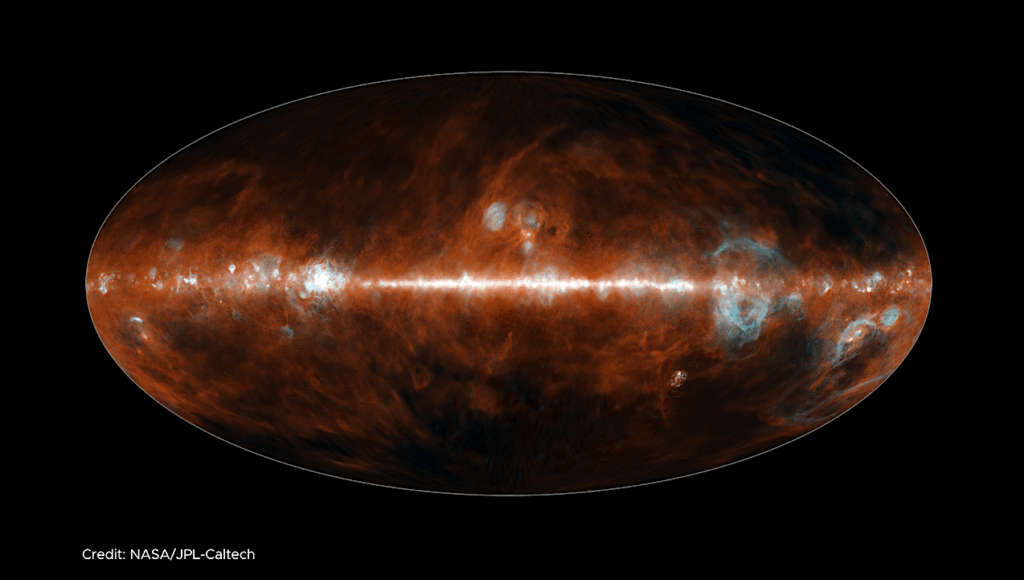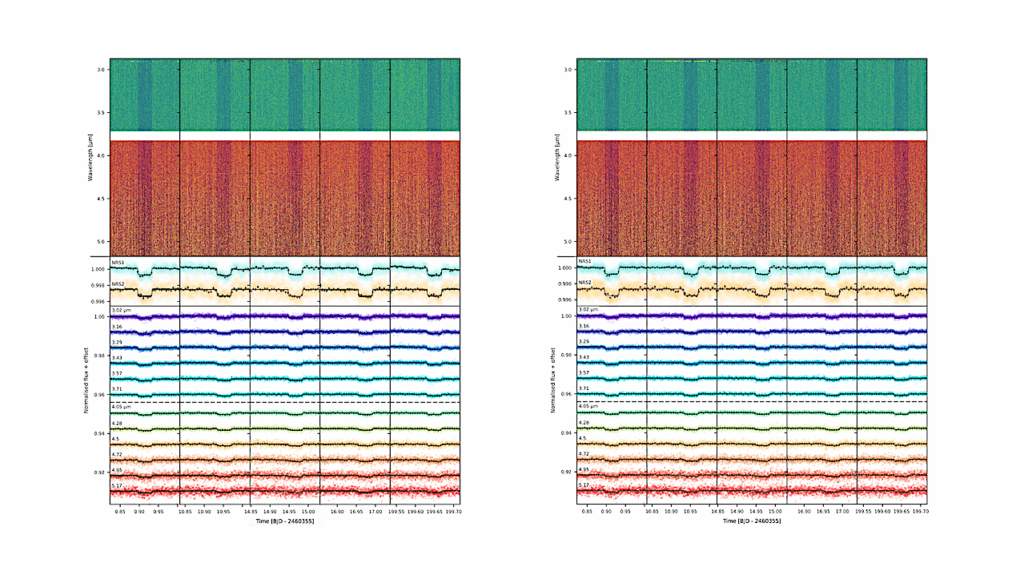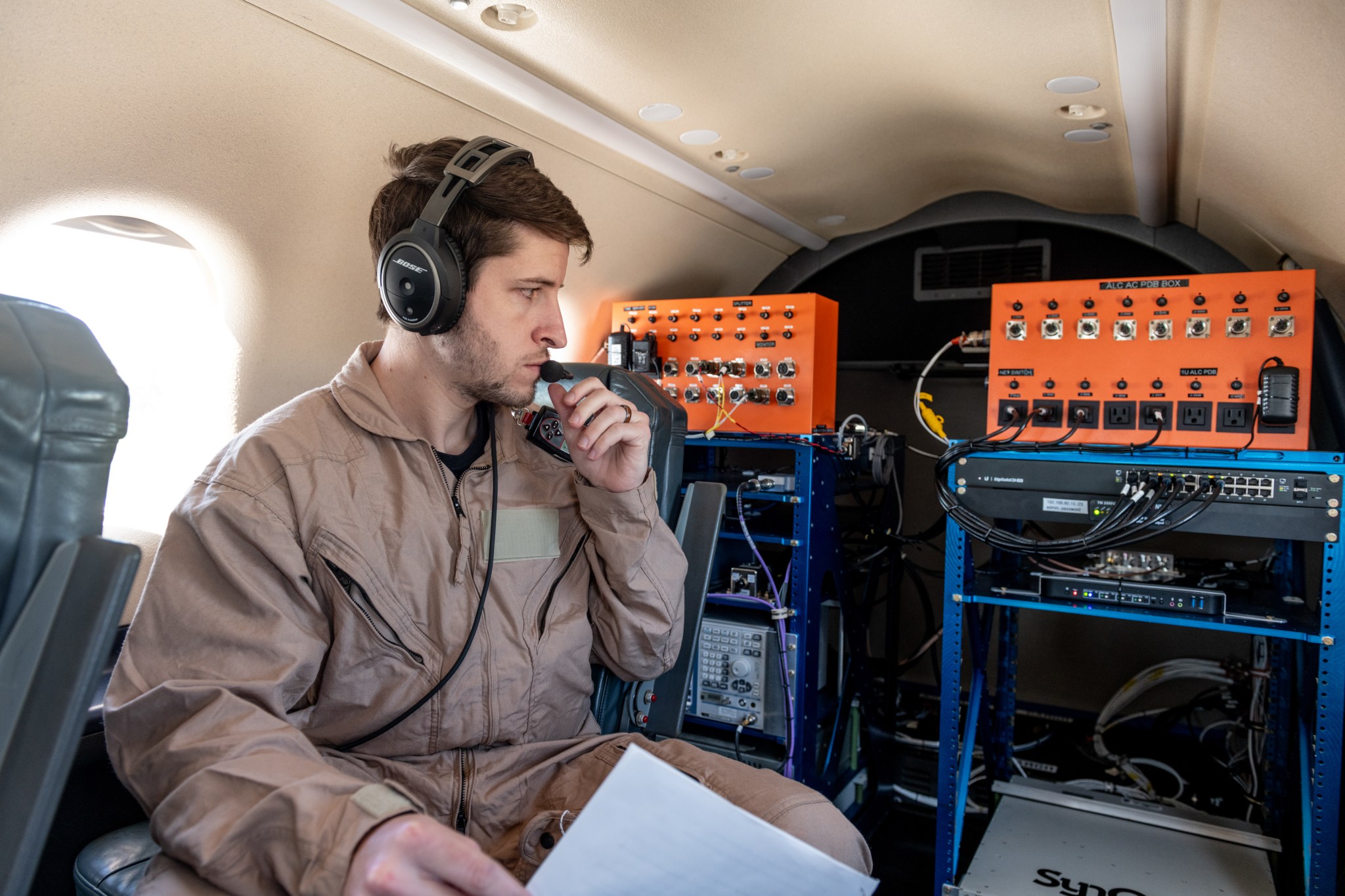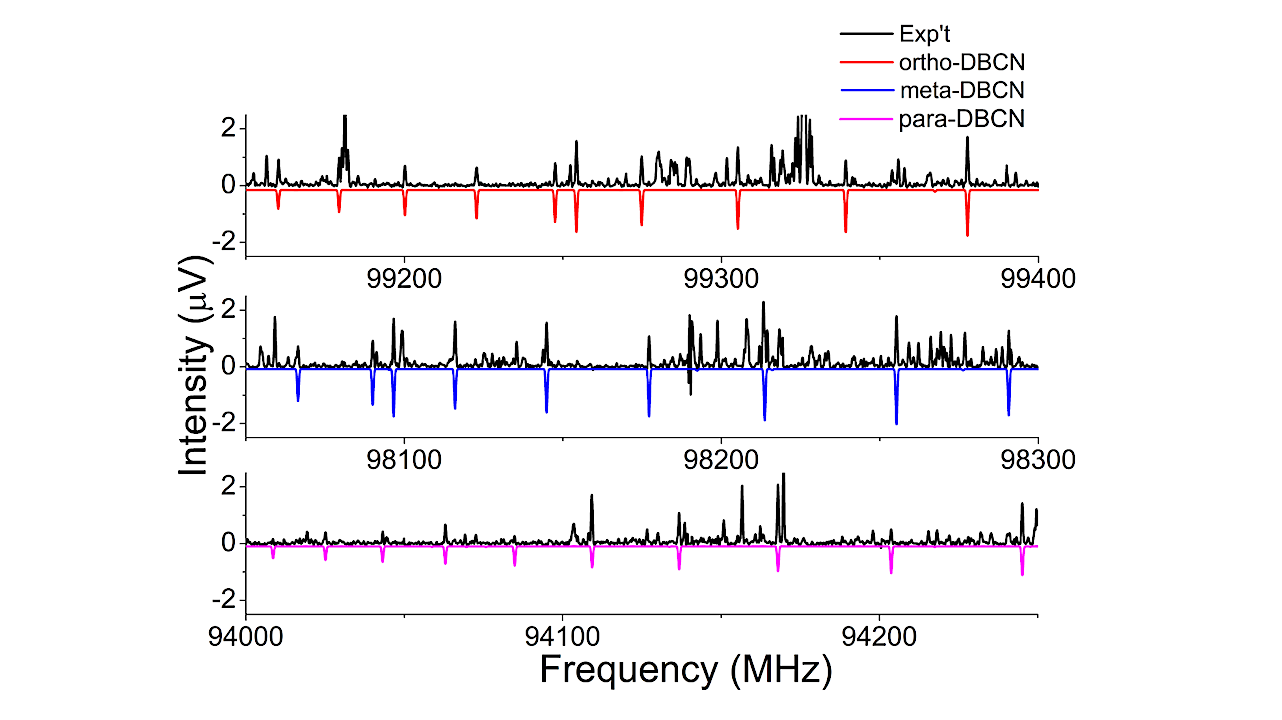Now Reading: Biogeochemistry: How Our Planet Forms Hydrocarbons Deep Inside
-
01
Biogeochemistry: How Our Planet Forms Hydrocarbons Deep Inside
Biogeochemistry: How Our Planet Forms Hydrocarbons Deep Inside
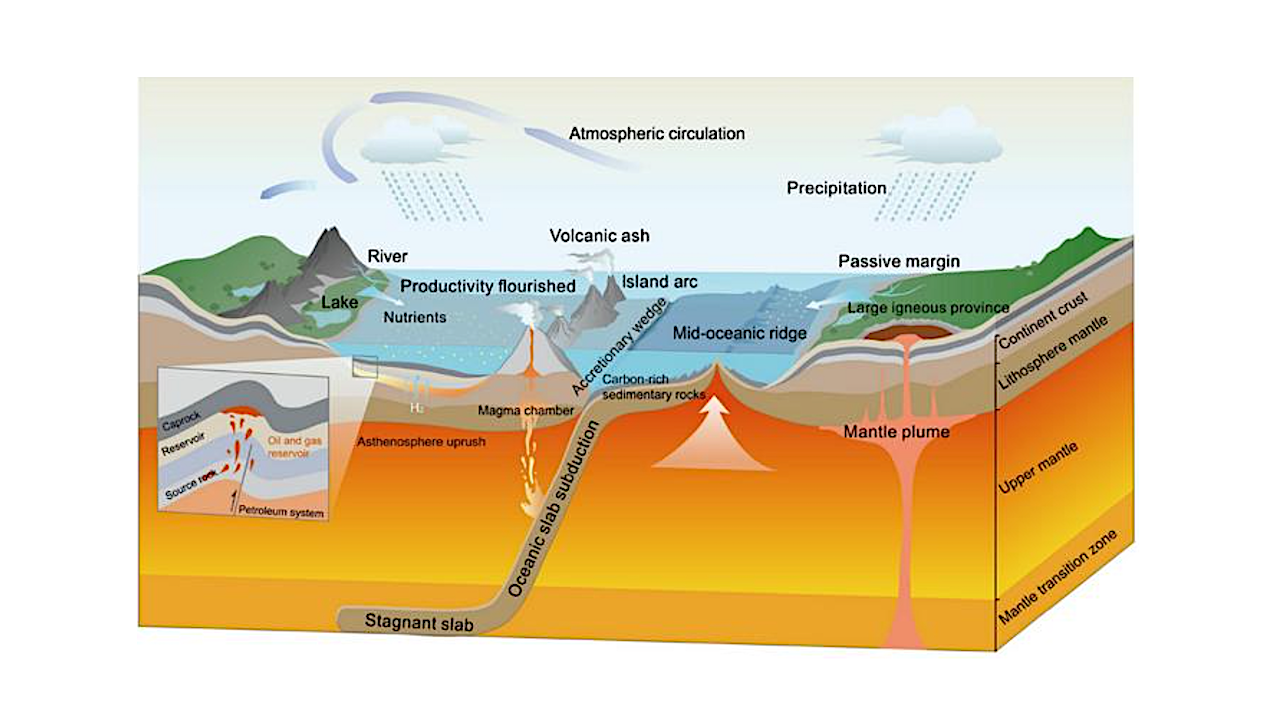

Conceptual diagram of the theory of multi-spheric interaction-driven hydrocarbon formation and enrichment. Credit ©Science China Press
The multi-spheric structure of the Earth forms its skeleton, and the geological molten fluids constitute its blood. Its essence is the cross-spheric migration and redistribution of volatiles (e.g., carbon, hydrogen, oxygen, and sulfur), which constitute the essential components of hydrocarbons.
Most volatile elements have multiple valence states. Their cycling between spheres is often accompanied by material and energy exchanges and changes in their redox states, which in turn critically reshape the physical and chemical properties and dynamic processes of the Earth.
This determines that future research in petroleum geology must be rooted in Earth system science, prioritizing the cross-spheric material and energy exchange mechanisms and establishing a multi-sphere coupled theoretical framework for hydrocarbon formation and enrichment.
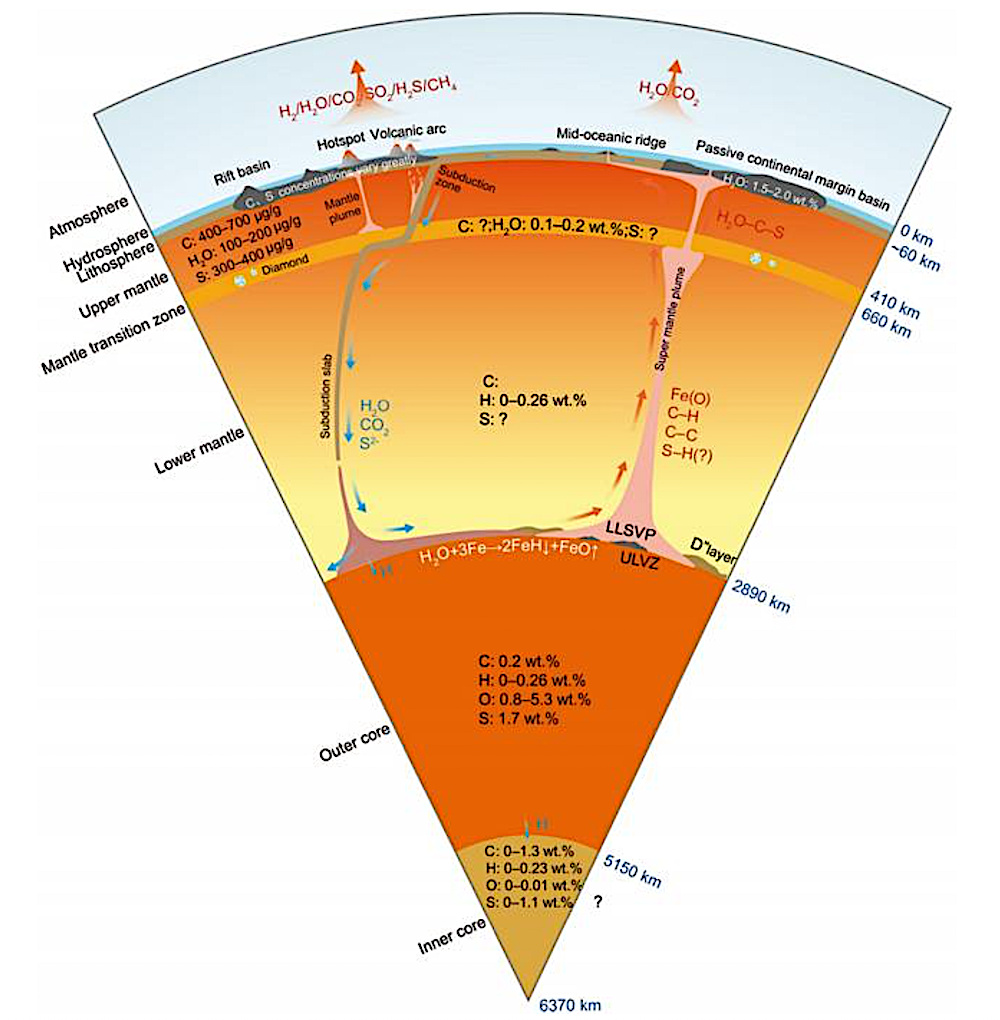
At present, the mechanisms of hydrocarbon formation and enrichment at the basin scale have been widely and deeply studied. The development of Earth system science has opened up a new window for understanding multi-spheric interactions and their resource-environmental effects (Figure 2).
By investigating the Earth’s multi-spheric interactions, the co-evolution of life and the environment, and organic-inorganic interactions, as well as the integration of key information on hydrocarbon formation and enrichment factors (e.g., deep Earth processes and thermodynamics, marine processes, and climatic environments), this study enables a novel understanding of the mechanisms of hydrocarbon formation and enrichment.
Finally, guided by the theory of multi-spheric interaction-driven hydrocarbon formation and enrichment, this study reassessed he explorationpotential and distribution patterns of global oil and gas resources from spatial, temporal, resource type, and plate tectonic perspectives (Figure 3). We also identified strategic frontier domains for petroleum exploration, such as deep- and ultra-deep strata, deepwater pre-salt basins, and unconventional resources, as well as new exploration directions in the Tethyan tectonic domain, circum-Arctic regions, and intracontinental complex tectonic zones.

See the article:
Zhu R, Zhang W, Wang H, Li J, Hu Q, Zhao L, Wang X, Zhang S, Hao F, Jin Z. 2025. A theory of multi-spheric interaction-driven hydrocarbon formation and enrichment. Science China Earth Sciences, 68(8), https://doi.org/10.1007/s11430-025-1617-y
Astrobiology, Biogeochemistry,
Stay Informed With the Latest & Most Important News
-
 01From Polymerization-Enabled Folding and Assembly to Chemical Evolution: Key Processes for Emergence of Functional Polymers in the Origin of Life
01From Polymerization-Enabled Folding and Assembly to Chemical Evolution: Key Processes for Emergence of Functional Polymers in the Origin of Life -
 02Panasonic Leica Summilux DG 15mm f/1.7 ASPH review
02Panasonic Leica Summilux DG 15mm f/1.7 ASPH review -
 03How New NASA, India Earth Satellite NISAR Will See Earth
03How New NASA, India Earth Satellite NISAR Will See Earth -
 04And Thus Begins A New Year For Life On Earth
04And Thus Begins A New Year For Life On Earth -
 05Astronomy Activation Ambassadors: A New Era
05Astronomy Activation Ambassadors: A New Era -
06SpaceX launch surge helps set new global launch record in 2024
-
 07Two Black Holes Observed Circling Each Other for the First Time
07Two Black Holes Observed Circling Each Other for the First Time












